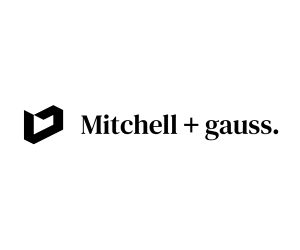JLL: Edinburgh office take-up steady in Q1 amid deepening supply concerns

Edinburgh’s office letting market remained steady in the first quarter (Q1), with property services firm JLL reporting nearly 140,000 sq ft of space transacted.
This figure aligns with the five-year average for the period.
JLL also noted just 20,000 sq ft of regears were completed in Q1 across Edinburgh – a marked contrast to previous quarters, where regears made up a large proportion of activity as tenants sought to negate uncertain market conditions by renegotiating existing terms.
There were no deals over 10,000 sq ft this quarter, where typically JLL would expect to see between three and five deals reaching this size bracket. However, a number of notable deals did complete including Tetra Tech taking space in Quay 2 of Fountainbridge and BDO taking a floor in the redeveloped 30 Semple Street.
JLL expects activity to pick up in Q2, with several larger transactions under offer. There have been three new completions in Q1 which have already seen letting activity; 30 Semple St, New Clarendon and 24 St Andrew Square. With the conclusion of these projects the pipeline runs dry, as no other major developments are on the horizon, exacerbating an already critical supply shortage in the market
Without a guaranteed supply pipeline, there is evidence that some tenants are planning far ahead, evaluating their options as early as five to six years before their leases expire. This forward-thinking approach is likely to create pre-letting activity, which would trigger the next phase of significant office development.

Sara Dudgeon
Sara Dudgeon, associate at JLL in Edinburgh, said: “Edinburgh businesses will be well acquainted with the ongoing shortage of prime office space – and as we look ahead to the rest of the year, all signs indicate that this will only persist.
“In this environment, occupiers that move quickly and, in some cases quietly, are best placed to secure a favourable deal for their business.
“Given high-quality space is a scarcity, anything that becomes available will continue to see the most demand and shorter voids. In the current operating environment of sticky inflation and higher business costs, driven in part by the increased burden of Employers’ National Insurance contributions, it’s important that businesses factor this in when devising occupational strategies for the years ahead.”









